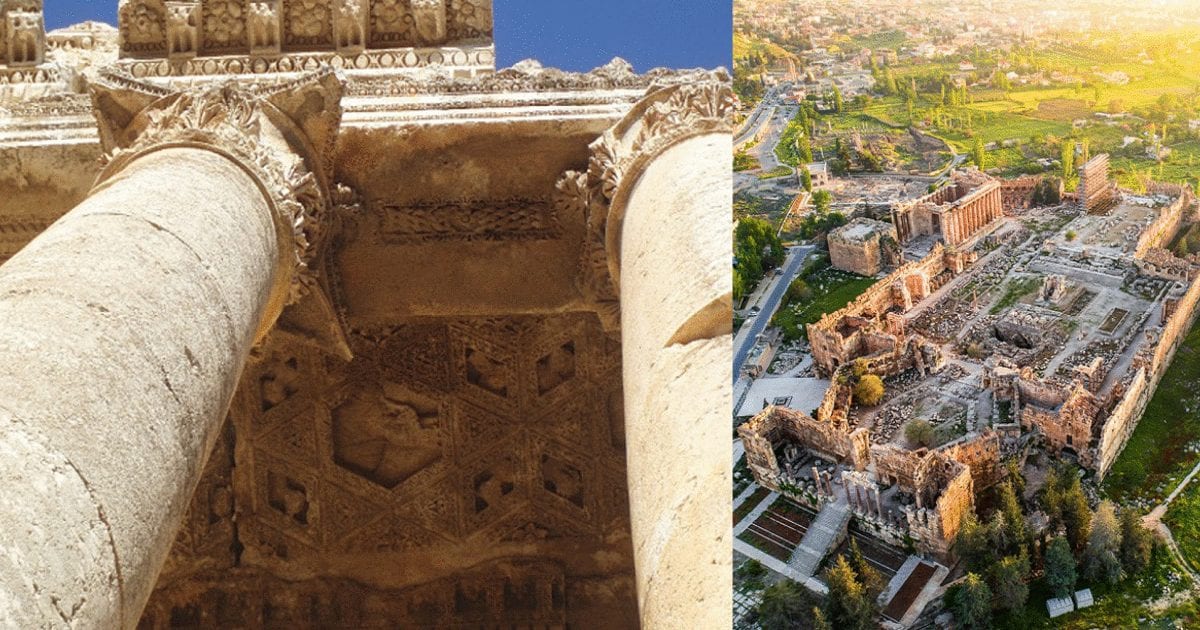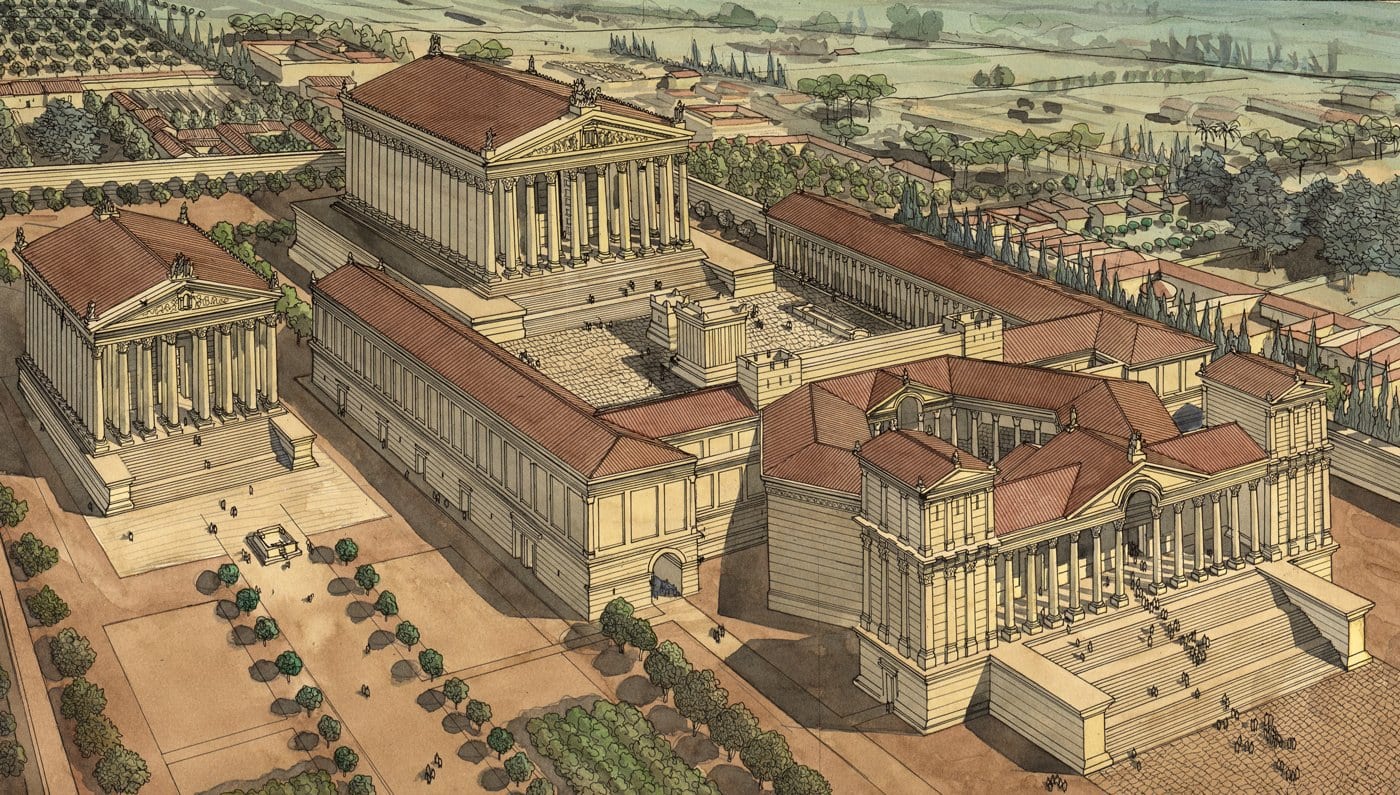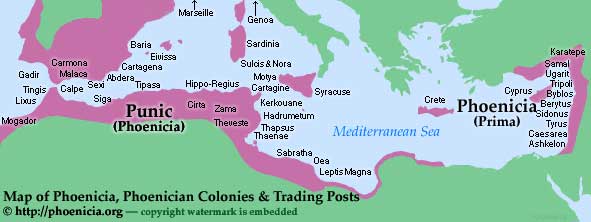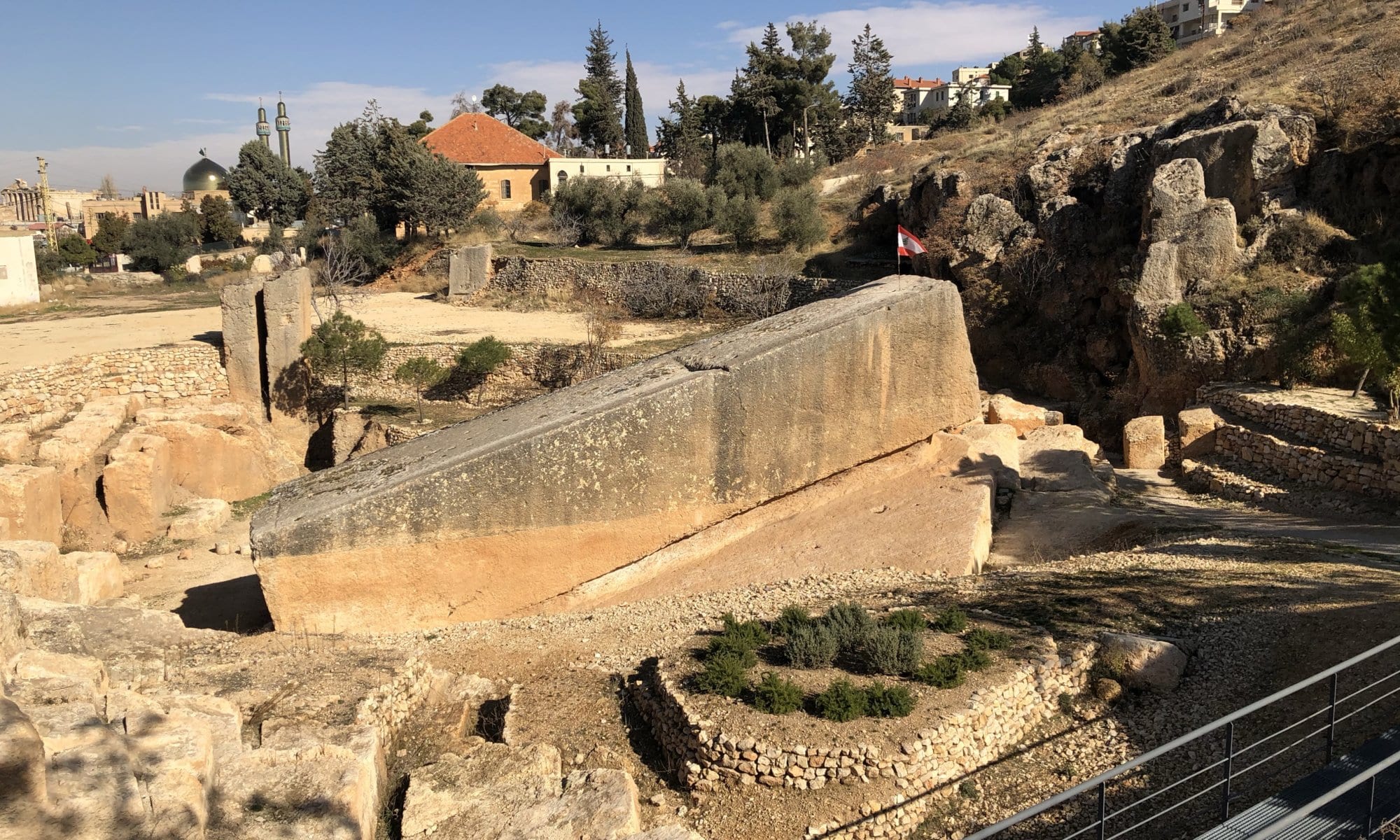Baalbek is one of the most beautiful wonders in Lebanon, granting an unshakeable spot in the travel itinerary of many.
The three temples dedicated to Bacchus, Jupiter, and Venus are still standing tall as the biggest ever built in the great Roman Empire.
Previously known as Heliopolis, the famous temple complex has brought in people from all nationalities around the world, and also reputable researchers seeking to explore its mystery.
Besides its majesty, the City of the Sun has always been a place of discovery, and a subject of high interest for researchers, archaeologists, and historians, including those pursuing their Ph.D. studies. Why? Because its mystery hasn’t been yet revealed; until now.
There has been a puzzling matter about it that is almost never discussed. Yet, the questions hover all over it with the shaping answers muted for the finders not daring to defy its long-set reputation. And yet again, the questions themselves have the answers:
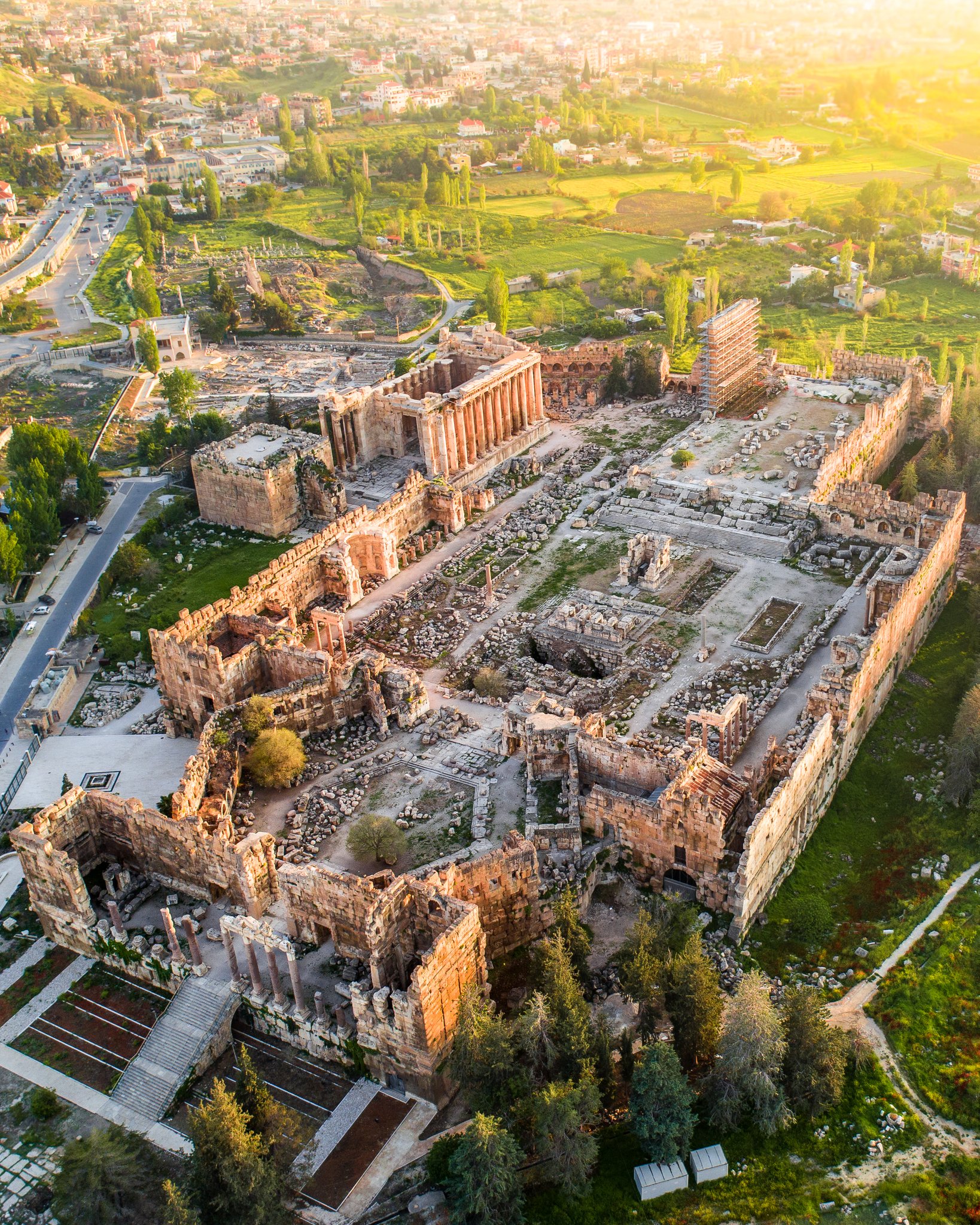
Why did the Roman emperors build this magnificent complex of important religious significance to them right there in Lebanon in particular?
Why since Augustus (15 BC) till Hadrian (135 AD) none of these emperors built a complex as tremendously big anywhere else? Why in Lebanon and not in Rome, their great city in their own homeland?
Or why not in Carthage, for example? After all, the Romans sacked it and completely destroyed it after the infamous Punic Wars, which gave them a full hegemony on the known world of their era.
Furthermore, when one considers what was needed back then to construct that majesty of a temple complex, another question has puzzled the researchers:
Why the tremendous efforts and hardships in carrying all these granite columns all the way from Aswan in Egypt to nowhere else in their vast Empire but an overheated terrain in the center of Lebanon?
That’s unseen and unheard about their other temples all through the Roman empire, especially that the Romans knew that they had to account in their project to the arduous crossing of our rocky hills and mountains with these titanic granite columns.
A big secret lies beneath and behind the construction of that complex; a truth the Romans were adamant to hide and for so long.
We know by now that all researchers have confirmed the existence of an even greater complex at that location that was built long before the Romans showed up.
It was their known feeling of superiority that made them invest such a tremendous effort to build at this spot specifically the biggest Roman temples on Earth.
Even to a non-professional eye, the big difference is obvious between the great megalithic structures of the base and the different patterns of the Roman temples on top of it.
But it was those humongous stones of uncertain origin that have placed this ancient site amongst the 7 wonders of the world several years ago. Uncertain origin, and definitely proven not to be Roman.
So, who built them, if not the Romans?
The historian Dell Upton has noted “the unusual lack of documentation regarding who might have commissioned, paid for, or designed the temple. The site is a metaphor for the role of imaginative distortion in architectural history.” (Ref. The New Yorker, Annals of Technology).
Indeed, there is no proof that the Romans designed it, or built it, or commissioned it, or even paid for it.
What is really proven is that these underneath stones and structures that pre-existed the arrival of the Romans pertained to the Phoenicians, who were, as we know, the builders of Carthage, and the ancestors of the Romans’ big enemies: The Carthaginians.
Unlike their historically known stance when it came to civilizations they used to conquer, the Romans did not remove the pre-existence stones of the Phoenician structures but built their new complex over them.
That is an unarguable fact confirmed by the still existing stones visible for all to see. They are still there because the Romans couldn’t remove them nor destroy them as they used to when erasing the civilizations they used to conquer.
In their conquests of civilizations, Romans were famous for erasing all traces of the previously advanced and peaceful civilizations and imposing their own.
That was their historically known stance whenever and wherever they conquered on earth.
In their self-perception of mightiness and superiority, they sought to rewrite History starting from their reign as if nothing better than them should have existed before them.
While they indeed crushed many nations, that purpose of theirs did manifest eventually unsuccessful, thanks to the post-Roman’s evolution of Science, Anthropology, and Archaeology.
So, why did the Romans disregard their fierce eagerness of total annihilation of that Phoenician megalithic structure like they had done all over the extension of their great empire? Or wasn’t it really a disregard but an impossibility due to them not being the original builders?
Debatable? Well, let’s see.
Science, archeology, and anthropology, and also common sense, are joining hands and minds in the process of seeking the real truth behind the builders of these great structures.
Since the above-cited questions counter the credit given to the Romans, and since these structures predate the time of Jesus Christ, everything is now turning to one probability, or should we say feasibility?
The eyes, minds, and studies of facts are looking at the Phoenicians for due credit, and for several main valid reasons that contradict the belief that Baalbeck is originally Roman.
These facts confirm not only that the Phoenicians built it but that the great builders of the world for thousands of years were actually the Phoenicians.
Let’s go through some of the most relevant.
#1 The Temple of Salomon
The Temple of Salomon, which Biblical fame has crossed times and space, was built by the Phoenicians who were known back then as the best-skilled builders of the world and the masters of stone building.
King Hiram, wishing a magnificent gift to his ally and neighbor King Salomon, made it a point to hire The Masters and best contractors in the ancient world to build that temple.
King Hiram’s son, Hiram Abiff, became known (to-date) as the father of all masons, remarkably the Architect builders.
#2 Phoenician Builders of Egypt 1st Millenium
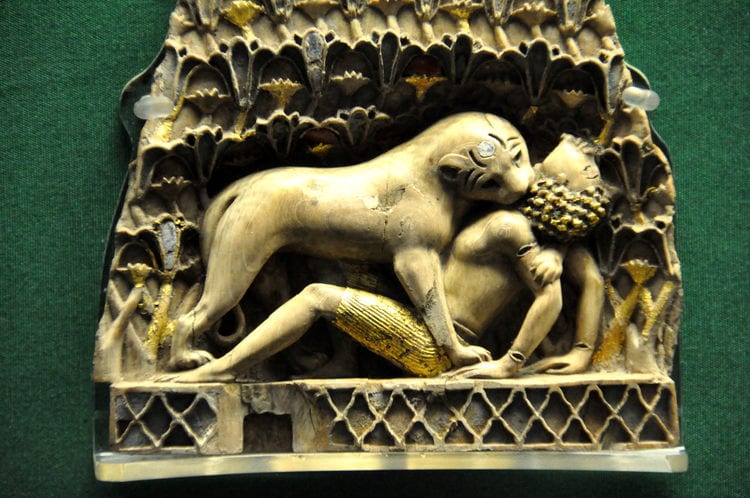
The unearthed coffins, wall woods, and building tools of the 1st Millenium in Ancient Egypt were made by the Phoenicians.
From their famous manipulation of the raw material of wood and into skilled architects of wood and stone, the Phoenicians were the direct building entrepreneurs in Ancient Egypt.
Some researchers go even beyond that to prove that the Phoenicians were the “Contractors” of the latter famous pyramids of Giza, but that’s not recognized universally, yet.
Among them the reputable historian Sanford Holst, author of Phoenicians, Lebanon’s Epic Heritage, and Amazon #1 Phoenician Secrets, Exploring the Ancient Mediterranean.
#3 The Phoenicians Fabricated Ships for Pharaohs and Kings

It is universal knowledge that the Phoenicians were the builders of the fastest and stronger ships of their times.

They were also the most ancient “IKEA” traders who created prefabricated boats for Kings and Pharaohs; a very famous one, Cheops (Khufu), was uncovered next to the Giza Area.
#4 Phoenician Ancient Infrastructures
The most ancient sewage systems of the world were discovered in the Phoenician port city of Jbeil (Byblos). They were built by the Phoenician natives, and date back to the 3rd millennium BC.
Needless to say that this indicates the extent of their advanced civilization, deemed “modern” at the time in comparison to the civilizations of that era.
#5 Builders of the Port of Carthage
Punic Carthage had four notable features: a outside commercial port, which led to a circular interior military port, Byrsa Hill – topped by the temple to the Phoenician god Eshmun – and the city walls. ?? pic.twitter.com/SidCNMZ1Ck
— Patrick Chovanec (@prchovanec) January 18, 2018
Carthage, a city built by the Phoenicians, is known to date as the greatest of all their colonies. The port, which they also designed, engineered, and built, has no double anywhere in the world.
It was/is a remarkable construction with four notable features: an outside commercial port leading to a circular interior military port, impressive city walls, and Byrsa Hill topped by the temple to the Phoenician god Eshmun.
Its magnificence in functionality demonstrates the high engineering and building skills of the Phoenicians back then.
On a note, it’s kind of fascinating to observe that legacy with their descendants today in the field of construction and architecture around the world.
#6 Hidden Constructions Underneath Various Religious Temples
Underneath most Roman-Byzantine-Christian temples exist still the remains of Canaanite-Phoenician altars.
It is to note here that our forefathers the Phoenicians were among the first to adopt Christianity for being believers of El, the One and Highest God, and their ideology included the coming of the Messiah.
However, with Christianity spreading and expanding, they came to be wrongly accused of blasphemy and polytheism, and their temples destroyed.
However, remnants of their altars still exist under most Roman-Byzantine-Christian temples, confirming that they had pre-built there their constructions.
#7 Advanced Phoenician Structures Across the World
Phoenician structures in Greece, Rhodes, Malta, Ibiza, Sicily, Sardinia, Spain, and as far as England are still-existing proofs of the advancement of the art of building that our Phoenician ancestors have mastered thousands of years before there was even a Roman Empire!
#8 The Trilithon of Jupiter Temple
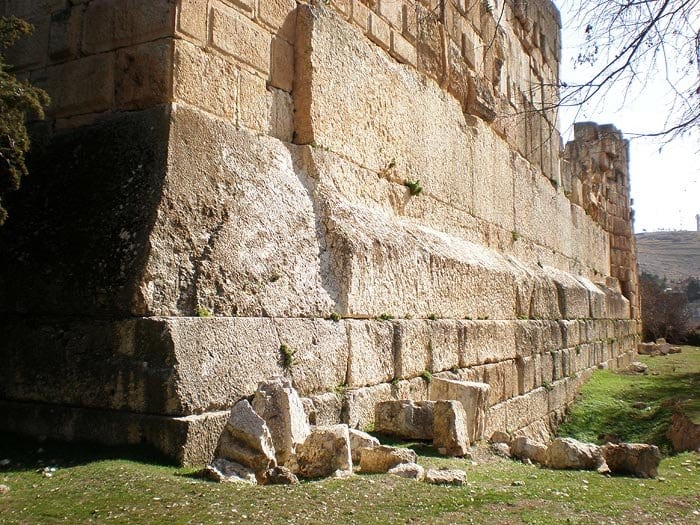
There is a discrepancy between the Age-old megaliths believed to be of Phoenician make and the Jesus-Christ Time of the Roman Building and its later additions.
The edgy area on top of the base of the Trilithon -the three huge blocks of about 1000 tons underneath the Roman stones of Jupiter temple- shows an interlock of much smaller rocks compensating a gap of about 50-100 cm.
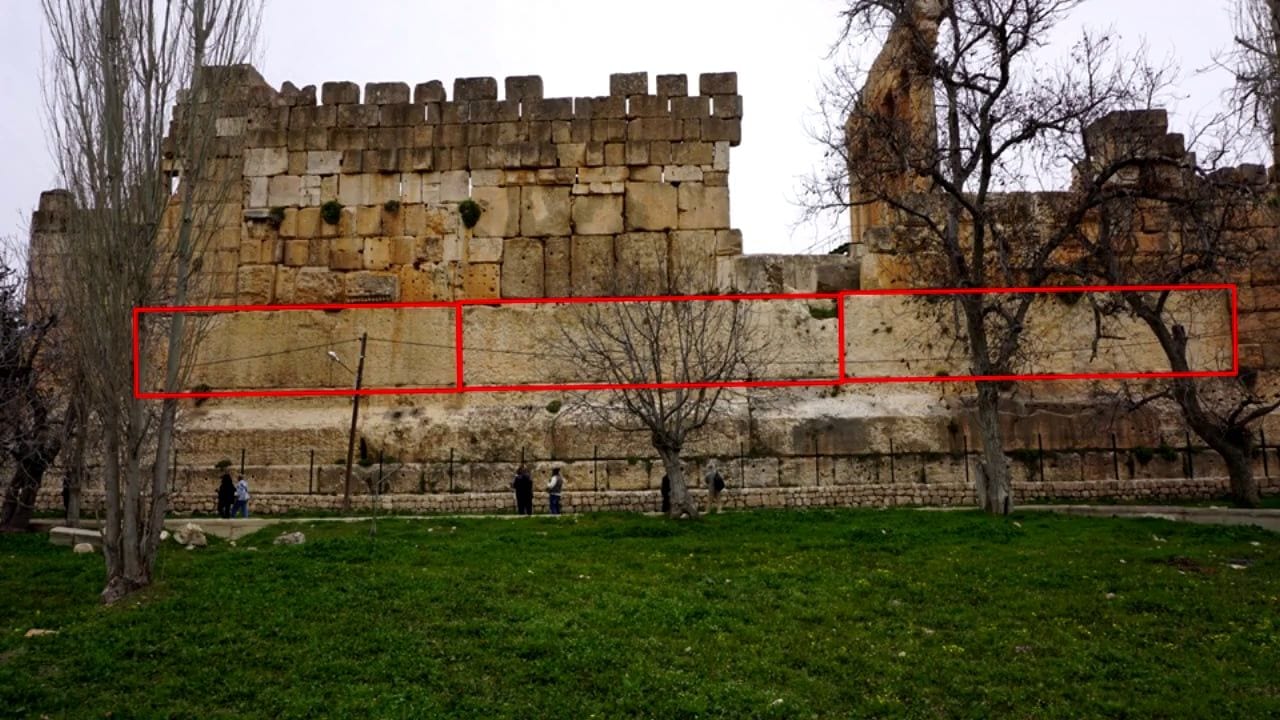
“The Trilithon shows evidence of wind and sand erosion that is not found in the Roman temples.” ~ Exposing the Truth – Baalbek: The Unsolved Enigma, by Lauren Zak
Many archaeologists have already confirmed that the Trilithon dates to an era earlier than the Roman Empire.
#9 The “Perfect Square” Platform Underneath the Jupiter Temple
That Perfect Platform of 0.465 sq km originated unquestionably from a different era of the Romans.
Unlike that stonework of huge size, Romans used puzzle frames in their structures. That platform is also said to be constructed by the native Phoenicians.
In fact, there are no records whatsoever from Roman sources about Baalbek and its construction.
Finally, “the great stones of Baalbek show stylistic similarities to other cyclopean stone walls at verifiably pre-Roman sites,” as reported by Places of Peace and Power – Sacred Sites.
#10 The Houbla Stone
The newly found stone underneath the Pregnant Woman Stone in Baalbek, known as Al Houbla Stone, was confirmed to predate the Romans hence pertaining to the Phoenician builders.
It was hidden under erosions and soil sedimentations for more than 5000 years, to say the least.
We are not undermining the scale nor the severity of the Roman ruins of the Temples of the Sun in Baalbek, but it is highly senseless to disregard the more ancient magical work of the Phoenician natives of that region, and the labor they dedicated to its building during the Roman times.
And it is time we give due credit to the Phoenicians for their great contributions to the world and to the land they had passed on to us, and recognize their 7000-year of constructive civilization, thriving in peace and progressing and advancing the nations they marked and influenced.
We tend to forget them, and even deny their legacy as if irrelevant, and yet here we are, their descendants, and the least we owe them is Recognition and Tribute.
History can be forgotten but cannot be erased.
We wish to thank Mr. Fady Mozaya, a Phoeniciologist and a Sociology and Anthropology Researcher, for the various valuable information he has provided for this article.
We also thank in recognition the foreign Historians, Academics, and Researchers, the like of Sanford Holst, Dell Upton, and Eric Austin, for their valuable work in shining the truths of our ancestors.
